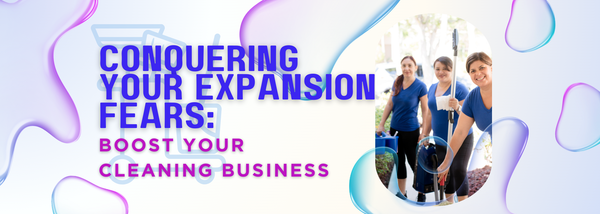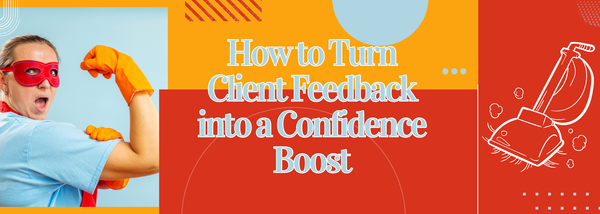The Future of Cleaning: Using Technology to Stay Ahead

The cleaning industry is evolving rapidly, and technology is at the forefront of this transformation. From advanced tools to streamlined processes, embracing innovation allows cleaning professionals to stay competitive and deliver superior results. In this article, we’ll explore emerging trends shaping the future of cleaning and how you can leverage them to stay ahead, along with the challenges to consider when implementing these innovations.
1. Smart Cleaning Devices
The rise of smart technology is revolutionizing the tools available to cleaners. Devices like robotic vacuums, automated mops, and IoT-enabled air purifiers are becoming common in homes and businesses.
How It Helps:
- Saves time with automated cleaning schedules.
- Improves efficiency with real-time tracking and data collection.
- Reduces repetitive strain on cleaning professionals.
Challenges and Considerations:
- Initial Costs: Smart devices often require a significant upfront investment.
- Maintenance Needs: Regular maintenance is crucial to ensure these devices operate effectively.
- Limited Capabilities: Robots may not handle complex cleaning tasks, requiring manual intervention.
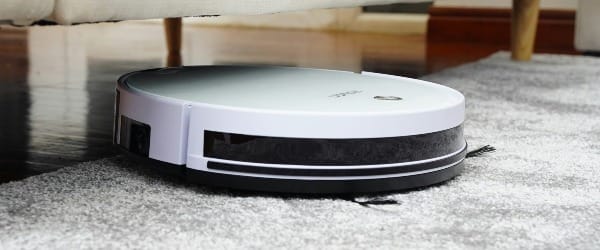
2. Green Cleaning Innovations
Sustainability is no longer optional—it’s a priority for clients and businesses alike. Technology has paved the way for eco-friendly cleaning solutions that are effective and safe for the environment.
Emerging Trends:
- Biodegradable and refillable cleaning products.
- Water-saving cleaning systems like steam cleaners.
- Devices that generate non-toxic cleaning solutions, such as electrolyzed water systems.
Challenges and Considerations:
- Higher Costs: Eco-friendly products and devices are often more expensive than traditional options.
- Client Education: Some clients may not understand or value the benefits of green cleaning.
- Product Availability: Reliable suppliers of green cleaning products may not be readily available in all areas.

3. Digital Management Tools
Running a cleaning business has never been easier, thanks to digital tools that automate administrative tasks. From scheduling to invoicing, these platforms save time and reduce errors.
Key Technologies:
- CRM Software: Manages client relationships, tracks appointments, and sends reminders automatically.
- Pricing Tools: Helps calculate rates based on factors like time, location, and expenses.
- Mobile Apps: Enable cleaners to track tasks, update job statuses, and communicate with clients in real time.
Challenges and Considerations:
- Learning Curve: Adopting new software can be challenging for teams unfamiliar with digital tools.
- Data Security: Safeguarding sensitive client information is a priority when using online platforms.
- Integration Issues: New tools may not seamlessly integrate with existing systems, creating inefficiencies.
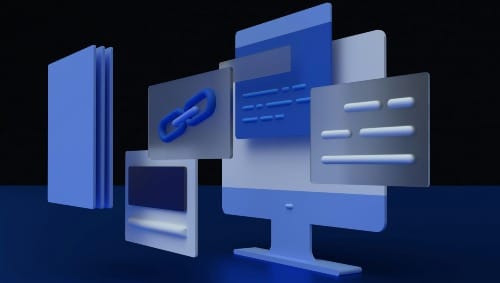
4. Augmented Reality (AR) Training
Augmented reality is revolutionizing employee training in the cleaning industry. AR tools can simulate cleaning scenarios, providing hands-on practice without real-world risks.
Benefits:
- Faster onboarding for new employees.
- Improved training for specialized cleaning tasks (e.g., medical or industrial facilities).
- Reduced training costs and downtime.
Challenges and Considerations:
- Access to AR Tools: AR equipment and software can be expensive and require technical expertise.
- Training Content Development: Creating effective AR scenarios takes time and effort.
- Adoption Resistance: Employees unfamiliar with AR may resist this type of training.

5. AI and Automation
Artificial intelligence (AI) is driving automation in the cleaning industry, from task scheduling to inventory management. AI-powered tools can predict cleaning needs, reducing waste and optimizing resources.
Examples:
- Robotic scrubbers for large spaces.
- AI chatbots for customer service inquiries.
- Predictive analytics for scheduling and staffing.
Challenges and Considerations:
- Technical Expertise: Implementing AI systems may require specialized knowledge.
- Job Concerns: Employees may worry about job security due to automation.
- System Downtime: AI tools depend on consistent connectivity and can disrupt operations if they fail.

6. Virtual Consultations and Bookings
Clients now expect convenience when booking cleaning services. Virtual tools like video consultations and online booking platforms make it easier than ever to connect with customers.
How It Helps:
- Reduces the need for in-person assessments.
- Speeds up the booking process.
- Provides transparency with instant quotes and detailed service options.
Challenges and Considerations:
- Technical Issues: Glitches or outages in booking platforms can frustrate clients.
- Client Preferences: Some clients may still prefer in-person consultations.
- Competition: As virtual booking becomes standard, it may be harder to stand out.

7. Specialized Cleaning Robots
Beyond basic automation, the next generation of robots is tackling specialized cleaning tasks. From window-washing drones to high-pressure cleaning bots, these innovations are expanding what’s possible in the industry.
Examples:
- Window-Cleaning Drones: Ideal for skyscrapers and tall buildings.
- Pool-Cleaning Robots: Simplify maintenance for residential and commercial pools.
- UV Sanitization Robots: Used in hospitals and airports to eliminate germs.
Challenges and Considerations:
- Specialized Maintenance: Repairs for advanced robots often require certified technicians.
- Operational Limits: Extreme weather or unique building designs may hinder robot performance.
- Client Trust: Some clients may be skeptical about robots replacing human cleaners.
- effort, as many may not yet understand its value.
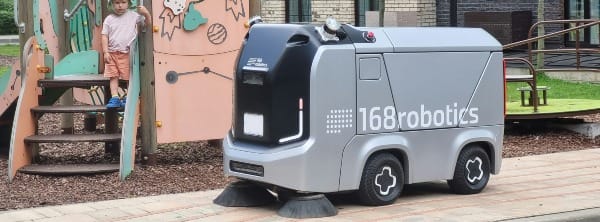
8. Customizable Client Experiences
Technology now enables cleaning services to offer tailored solutions to meet the unique needs of their clients. From personalized cleaning plans to real-time service updates, customization is becoming the industry standard.
How It Works:
- Clients use apps to specify their preferences, such as using fragrance-free or hypoallergenic cleaning products.
- Notifications alert clients when the cleaning is complete or when cleaners are on their way.
- Feedback systems allow clients to provide input, ensuring continuous improvement in service quality.
Example: A cleaning business that integrates a client portal can offer real-time updates, manage client preferences, and maintain customer satisfaction through personalized interactions.
Challenges and Considerations:
- Complex Systems: Customization often requires sophisticated software that may be costly to develop or license.
- Balancing Automation and Personal Touch: Over-reliance on technology might diminish the human element clients appreciate in cleaning services.
- Time Investment: Personalizing each client’s experience can increase the time required for onboarding and service planning.

All things considered, as the cleaning industry continues to evolve, embracing technological advancements is no longer just a competitive advantage but a necessity for staying ahead. From smart cleaning devices and AI-driven automation to customizable client experiences, the future of cleaning is being shaped by innovation. These technologies can streamline operations, improve service quality, and enhance client satisfaction, positioning businesses for long-term success in an increasingly digital and eco-conscious marketplace.
However, as with any shift towards new technology, cleaning professionals must be mindful of the challenges involved, such as costs, training, data security, and system integration. By carefully considering these factors and adopting technology strategically, cleaning businesses can ensure they are not only keeping up with trends but also leading the way in providing efficient, transparent, and sustainable services.
The future of cleaning is bright, and those who embrace these innovations will be better equipped to meet the evolving demands of their clients and stay ahead of the competition. Now is the time to start integrating these technologies into your business to position yourself for growth and success in the years to come.

